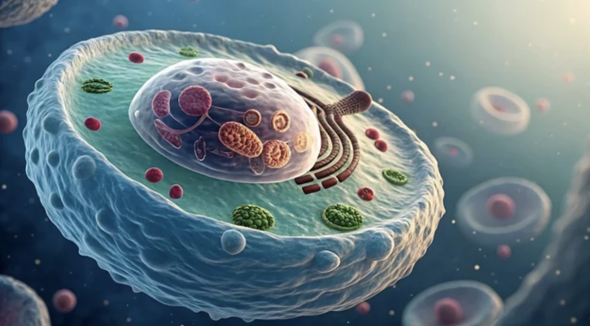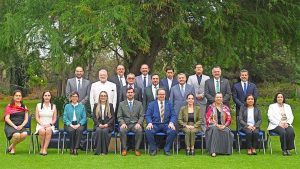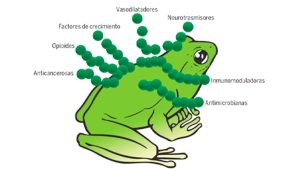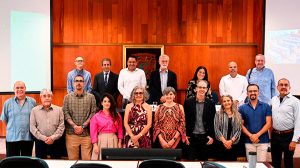New Clues About the Origins of the Nucleolus
According to scientists from UNAM’s College of Science and a researcher at the University of California, Los Angeles (UCLA), the nucleolus—a structure within the cell nucleus responsible for synthesizing ribosomal RNA—is now seen as a dynamic hub that affects nearly every aspect of cellular life, from genome organization to stress responses and aging.
This view is presented in an article exploring the possible origins and functions of the nucleolus, published in Open Biology, a journal of the Royal Society, under the title “Nucleolar origins: challenging perspectives on evolution and function.”
The paper was co-authored by biology student Karen Herrera Escamilla, Israel Muñoz Velasco, an academic technician at the Gerardo Hebert Vázquez Nin Transmission Electron Microscopy Laboratory at UNAM’s College of Science, and Alberto Vázquez Salazar of UCLA, who completed part of his academic training in the same lab.
Just two weeks after its publication, the authors have already described the article as a success for sparking new lines of inquiry—a claim supported by its reception in the scientific community, with over 500 downloads from countries such as China, India, Japan, and the United States.
Although long considered a hallmark of eukaryotic cells, recent findings suggest that even prokaryotes display nucleolus-like structures, hinting at ancient evolutionary origins for this vital cellular component.










